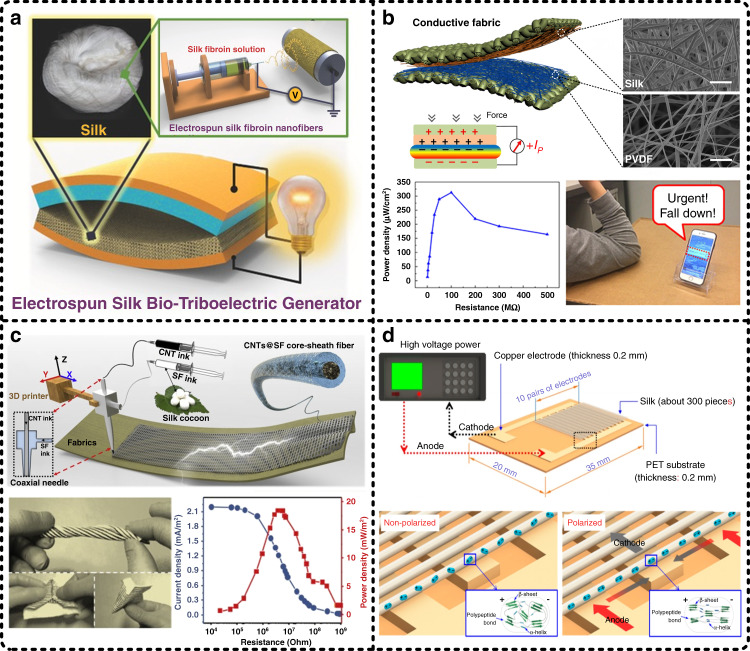Fig. 9. Silk fibers work as active functional materials for the construction of energy harvesters.
a In 2016, Kim et al. reported a regenerated silk nanofiber-based triboelectric nanogenerator (TENG)145. Reproduced with permission from Wiley (2016). b In our previous work published in 2018, we developed an all-fiber piezoelectric-enhanced TENG, which was made of electrospun silk nanofibers and poly(vinylidene fluoride) (PVDF) nanofibers48. Reproduced with permission from Elsevier (2018). c In 2019, Zhang et al. applied a 3D-printed coaxial composite fiber composed of carbon nanotubes and silk fibroin (CNTs@SF) to fabricate TENGs146. Reproduced with permission from Elsevier (2019). d In addition to silk fiber-based TENGs, silk fiber-based piezoelectric nanogenerators (PENGs) were also reported, such as the repolarized natural spider silk fiber-based PENG proposed by Pan et al.150. Reproduced with permission from ACS (2018)

